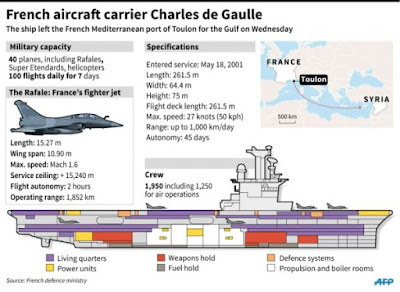Prime Minister | The Hon Malcolm Turnbull MP |
Minister for Indigenous Affairs | Senator the Hon Nigel Scullion |
Minister for Women | Senator the Hon Michaelia Cash |
Cabinet Secretary | Senator the Hon Arthur Sinodinos AO |
Minister Assisting the Prime Minister for the Public Service | Senator the Hon Michaelia Cash |
Minister Assisting the Prime Minister for Counter-Terrorism | The Hon Michael Keenan MP |
Minister Assisting the Cabinet Secretary | Senator the Hon Scott Ryan |
MinisterAssisting the Prime Minister forCyber Security | The Hon Dan Tehan MP |
Assistant Minister to the Prime Minister Assistant Minister for Cities and Digital Transformation | Senator the Hon James McGrath The Hon Angus Taylor MP |
Deputy Prime Minister and Minister for Agriculture and Water Resources | The Hon Barnaby Joyce MP |
Assistant Minister for Agriculture and Water Resources Assistant Minister to the Deputy Prime Minister | Senator the Hon Anne Ruston The Hon Luke Hartsuyker MP |
Minister for Foreign Affairs | The Hon Julie Bishop MP |
Minister for Trade, Tourism and Investment | The Hon Steven Ciobo MP |
Minister for International Development and the Pacific | Senator the Hon Concetta Fierravanti-Wells |
Assistant Minister for Trade, Tourism and Investment | The Hon Keith Pitt MP |
Attorney-General (Vice-President of the Executive Council) (Leader of the Government in the Senate) | Senator the Hon George Brandis QC |
Minister for Justice | The Hon Michael Keenan MP |
Treasurer | The Hon Scott Morrison MP |
Minister for Revenue and Financial Services Minister for Small Business | The Hon Kelly O’Dwyer MP The Hon Michael McCormack MP |
Minister for Finance (Deputy Leader of the Government in the Senate) | Senator the Hon Mathias Cormann |
Special Minister of State | Senator the Hon Scott Ryan |
Minister for Regional Development Minister for Local Government and Territories | Senator the Hon Fiona Nash Senator the Hon Fiona Nash |
Minister for Infrastructure and Transport (Deputy Leader of the House) | The Hon Darren Chester MP |
Minister for Urban Infrastructure | The Hon Paul Fletcher MP |
Minister for Defence | Senator the Hon Marise Payne |
Minister for Defence Industry (Leader of the House) | The Hon Christopher Pyne MP |
Minister for Veterans’ Affairs Minister Assisting the Prime Minister for the Centenary of ANZAC | The Hon Dan Tehan MP The Hon Dan Tehan MP |
Minister for Defence Personnel | The Hon Dan Tehan MP |
Minister for Immigration and Border Protection | The Hon Peter Dutton MP |
Assistant Minister for Immigration and Border Protection | The Hon Alex Hawke MP |
Minister for Industry, Innovation and Science | The Hon Greg Hunt MP |
Minister for Resources and Northern Australia | Senator the Hon Matt Canavan |
Assistant Minister for Industry, Innovation and Science | The Hon Craig Laundy MP |
Minister for Health and Aged Care | The Hon Sussan Ley MP |
Minister for Sport | The Hon Sussan Ley MP |
Assistant Minister for Health and Aged Care | The Hon Ken Wyatt AM MP |
Assistant Minister for Rural Health | Dr David Gillespie MP |
Minister for Communications Minister for the Arts (Manager of Government Business in the Senate) | Senator the Hon Mitch Fifield Senator the Hon Mitch Fifield |
Minister for Regional Communications | Senator the Hon Fiona Nash |
Minister for Employment | Senator the Hon Michaelia Cash |
Minister for Social Services | The Hon Christian Porter MP |
Minister for Human Services | The Hon Alan Tudge MP |
Assistant Minister for Social Services and Disability Services | The Hon Jane Prentice MP |
Assistant Minister for Social Services and Multicultural Affairs | Senator Zed Seselja |
Minister for Education and Training Assistant Minister for Vocational Education and Skills | Senator the Hon Simon Birmingham The Hon Karen Andrews MP |
Minister for the Environment and Energy | The Hon Josh Frydenberg MP |





















